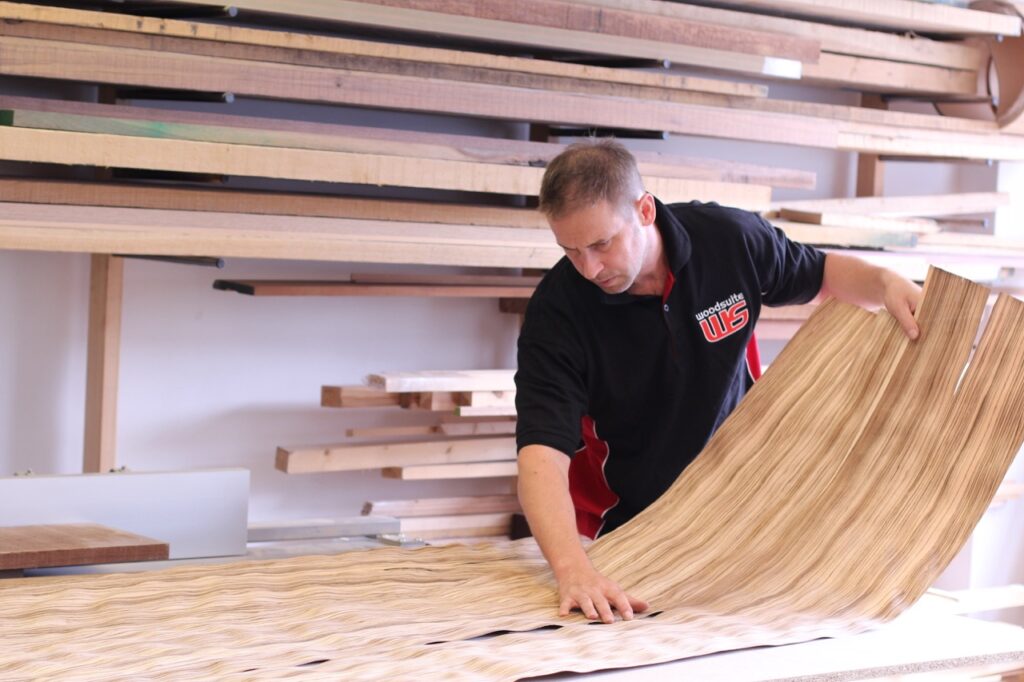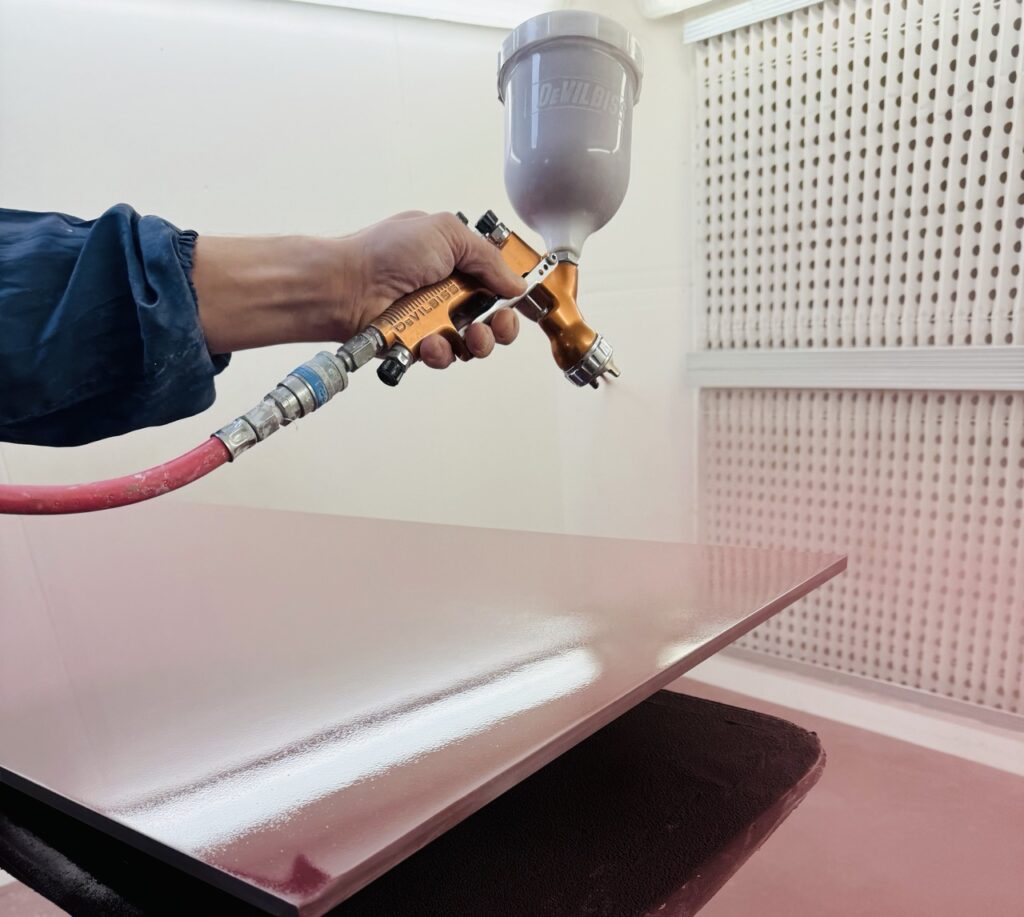As we explore the fascinating world of woodworking, it’s important to examine the materials that make our craft not only beautiful but also sustainable. In this article, we will compare veneer and solid wood, examining their benefits, costs, and environmental impact, ultimately helping you make a more informed choice for your project.
Understanding Veneer and Solid Wood
Solid Wood-is a classic choice in woodworking, known for its durability and timeless appeal. It is sourced directly from trees, offering a unique grain pattern and texture that many enthusiasts cherish. However, this traditional material has its downsides, particularly in terms of costs and environmental sustainability.
Veneer- on the other hand, is a thin slice of wood, typically less than 3mm thick, that is adhered to core panels (such as plywood or MDF). This method allows for the beauty of natural wood to be showcased while using significantly less material.
The Process: How Veneers Are Made
The process of creating veneers begins with carefully selecting high-quality logs. These logs are then sliced into thin sheets, allowing artisans to preserve the wood’s unique characteristics. After slicing, the veneers are dried and often treated to enhance their durability and appearance. The result is a stunning, lightweight alternative to solid wood that can be applied to various surfaces, providing the look of solid timber without the high price tag.
Financial Benefits: Saving Money with Veneers
One of the most compelling reasons to consider veneers over solid wood is the cost savings. Solid wood can be expensive, especially high-quality varieties like oak, walnut, or cherry. In contrast, veneers offer the same aesthetic appeal at a fraction of the price. By choosing veneers, you can achieve the luxurious look of solid wood while keeping your budget in check.
Additionally, because veneers use less wood than solid alternatives, they are often more efficient in terms of material use, meaning you can cover larger areas without breaking the bank.
Environmental Impact: Saving Our Trees
Choosing veneer over solid wood also has significant environmental implications. The demand for solid wood contributes to deforestation and the depletion of our forests. By opting for veneers, you help reduce the pressure on tree populations, as the same log can produce multiple sheets of veneer.
Moreover, many veneer manufacturers prioritize sustainable practices, sourcing wood from responsibly managed forests. This not only helps maintain biodiversity but also ensures that future generations can enjoy the beauty of wood.
Conclusion: Making the Right Choice
In the debate of veneer vs. solid wood, the choice ultimately depends on your individual needs and values. If you’re looking for a cost-effective solution that minimizes environmental impact, veneer is an excellent choice. It allows you to create stunning pieces while contributing to the preservation of our forests.
As you embark on your journey of furnishing your new home, consider the benefits of both materials, and let your choices reflect a commitment to sustainability. With veneer, you can embrace the beauty of nature in your projects while also taking steps to protect it.


